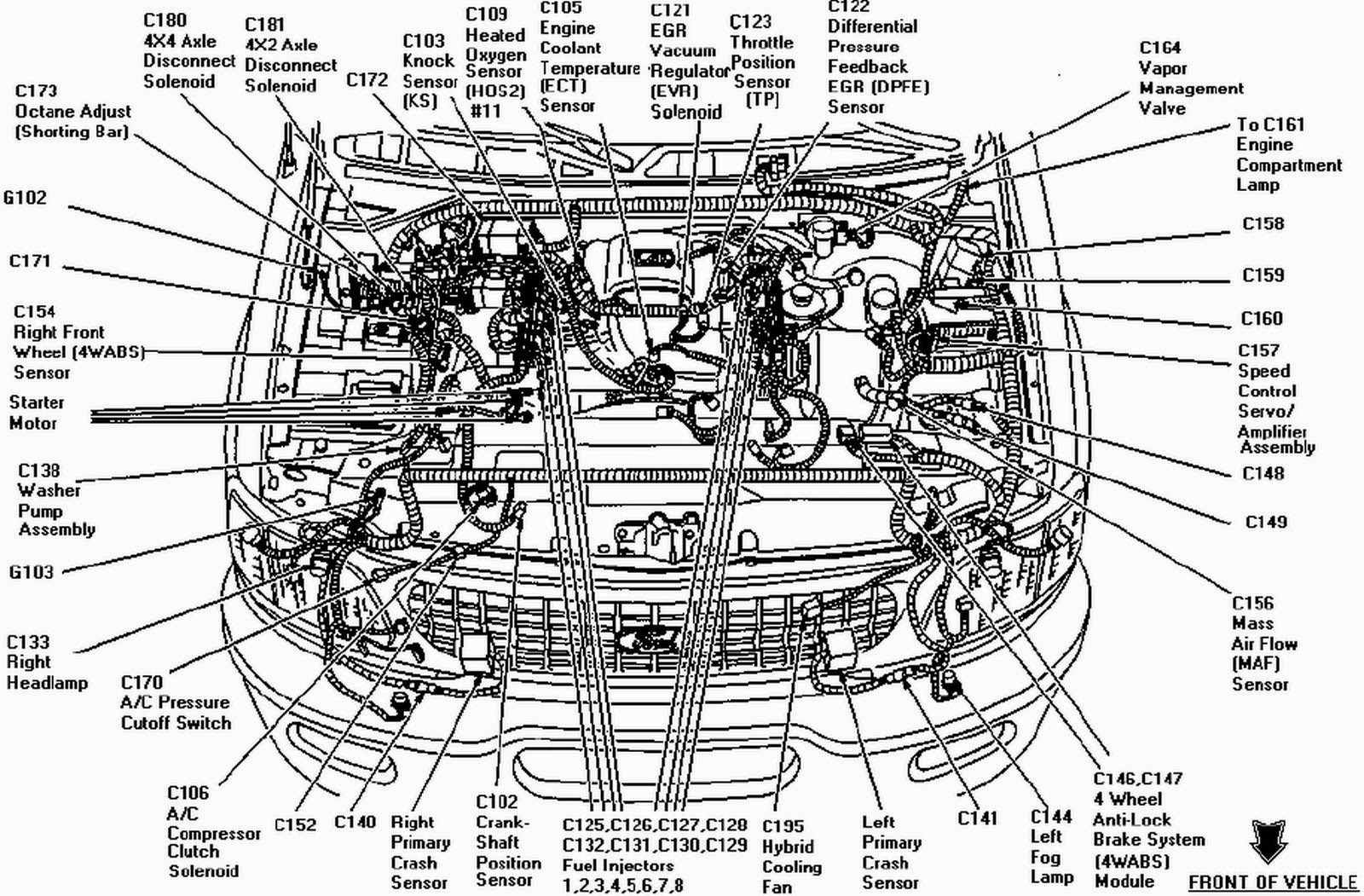
Multimeters are used to test electrical power and can be used on any electrical circuit or object in question. How do you check a temperature sensor with a multimeter? The engine may also overheat, stall, or produce black exhaust smoke.

When the coolant temp sensor has gone bad, you might notice that your gas mileage is worse or that your engine is running sluggishly or poorly overall. If your engine is running poorly, look out for certain signs that will help you determine whether or not the issues are due to a coolant temperature sensor malfunction. Test a Coolant Temperature Sensor FAQ How do I know if my coolant temp sensor is bad? Replace with a new one and get back on the road in no time. Remove the lead coming from the terminal and loosen the sensor with a socket or wrench. Be sure the cooling system is not pressurized and cooled completely. Replacing the coolant temperature sensor is an easy process that anyone can do at home with some basic mechanic's tools. Step 5 - Replace Defective Coolant Temperature Sensor If not, then it is not working correctly. You should see a much lower reading on the ohm meter. You should have a reading of approximately 2000 ohms. Connect the black lead of the meter to the body of the cold sensor and the red to the terminal. If you have a new sensor on hand and want to check it, you can do this easy test. If you do not see anything that is more than 200 ohms in difference, the coolant temperature sensor is defective and will need to be replaced. You are looking for readings that are more than 200 ohms in variance between a cold and warm engine. While the engine is running you need to be continually checking the digital ohm meter.
#2016 chevy camaro 3.6 coolant temperature sensor location full#
Let the engine run for a full two minutes to allow the engine to get up to running temperature. Step 3 - Check Readingsįor the testing process you will need to turn the engine on. Before turning the meter on, set the digital reading to the 20K range. Next, remove the wire from sensor terminal and connect the red lead to the terminal end of the coolant temperature sensor. Connect the black lead of the digital ohm meter to a solid grounding. With the use of a digital volt-ohm meter you can easily tell if the sensor is faulty or not.

Testing the coolant temperature sensor is a very quick process. You will see a small terminal sticking out of the block with a wire lead coming from it. Look at the front of the engine block in the middle of the pulleys. You will search for the sensor within the engine block itself, using a drop light if you need help to see it better. Pull the latch for the hood and open it, making sure it is secure before letting go. The coolant temperature sensor is located on the engine block under the hood. It makes green lights a lot less fun.Step 1 - Locate Coolant Temperature Sensor If the sensor for your coolant temperature is on the fritz, the computer will receive faulty information, leading to engine performance problems. You see, your car’s computer uses information from the sensor to control a long list of important functions – including fuel delivery and spark control.

Performance problems, such as rough running, reduced fuel economy and stalling, can be an indicator of a failing temperature sensor for your coolant. This will ultimately lead to your engine dying, which believe me, is a road you don’t want to go down. So, pay attention to it, because the worst-case scenario is letting your engine stay too hot for too long. Also, it means your engine is too hot, and that’s bad news. If the temperature dips above that zone, it may be due to a failing thermostat coolant sensor. It should indicate your engine temperature being right in a happy zone. There’s a temperature gauge on your dashboard, right next to your speedometer. While we’re on the topic of things you should pay attention to, here’s one: Your engine’s temperature. You also might get a check engine warning light or, depending on the type of car you have, any other number of warning lights. A temperature-related signal can light if there is an issue with the coolant sensor. That’s to make them so simple that an idiot can understand that something is wrong. In the car world, the malfunction indicator lights are commonly known as idiot lights. Symptoms of a failing Engine Coolant Temperature Sensor


 0 kommentar(er)
0 kommentar(er)
